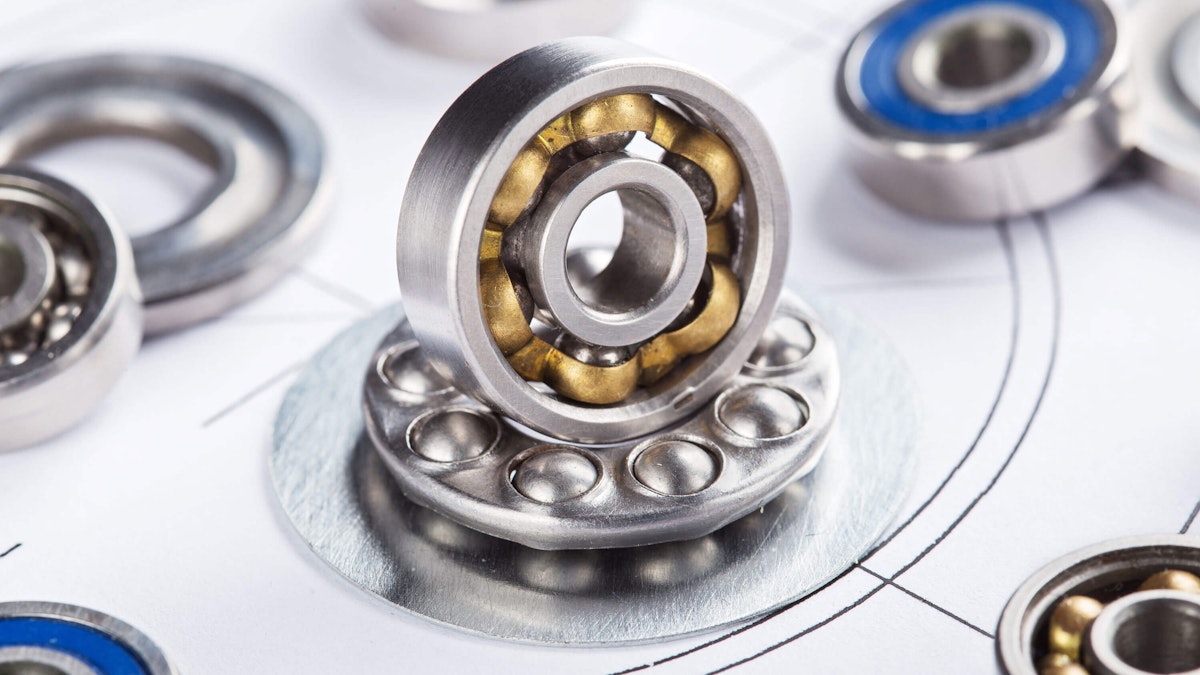Table of contents
Browse categories
Browse authors
 AB
ABAlberto Boffi
 AL
ALAlessia Longo
 AH
AHAl Hoge
 AB
ABAljaž Blažun
 BJ
BJBernard Jerman
 BČ
BČBojan Čontala
 CF
CFCarsten Frederiksen
 CS
CSCarsten Stjernfelt
 DC
DCDaniel Colmenares
 DF
DFDino Florjančič
 EB
EBEmanuele Burgognoni
 EK
EKEva Kalšek
 FB
FBFranck Beranger
 GR
GRGabriele Ribichini
Glacier Chen
 GS
GSGrant Maloy Smith
 HB
HBHelmut Behmüller
 IB
IBIza Burnik
 JO
JOJaka Ogorevc
 JR
JRJake Rosenthal
 JS
JSJernej Sirk
 JM
JMJohn Miller
 KM
KMKarla Yera Morales
 KD
KDKayla Day
 KS
KSKonrad Schweiger
Leslie Wang
 LS
LSLoïc Siret
 LJ
LJLuka Jerman
 MB
MBMarco Behmer
 MR
MRMarco Ribichini
 ML
MLMatic Lebar
 MS
MSMatjaž Strniša
 ME
MEMatthew Engquist
 ME
MEMichael Elmerick
 NP
NPNicolas Phan
 OM
OMOwen Maginity
 PF
PFPatrick Fu
 PR
PRPrimož Rome
 RM
RMRok Mesar
 RS
RSRupert Schwarz
 SA
SASamuele Ardizio
 SK
SKSimon Kodrič
 SG
SGSøren Linnet Gjelstrup
 TH
THThorsten Hartleb
 TV
TVTirin Varghese
 UK
UKUrban Kuhar
Valentino Pagliara
 VS
VSVid Selič
 WK
WKWill Kooiker
Bearing Fault Diagnosis Using Dewesoft Vibration Analysis Tools
Matteo Conti
University of Parma
November 27, 2025
Bearings play a critical role in industrial machinery, and early fault detection is essential to prevent costly downtime. This study explores how vibration analysis, combined with Dewesoft’s high-resolution data acquisition tools, can effectively monitor bearing health. By integrating advanced signal processing and machine learning techniques, it demonstrates a powerful approach to predictive maintenance.

Bearings are fundamental mechanical components in rotating machinery, designed to reduce friction between moving parts and support both radial and axial loads. There are various types of bearings, including rolling and sliding bearings, each with specific applications and characteristics.
Bearing diagnostics are crucial for ensuring the reliability and efficiency of machines. Advanced techniques, such as vibration analysis and ultrasound, enable the early detection of defects and wear, helping to prevent unexpected failures and costly downtime.
Furthermore, the implementation of predictive maintenance systems, based on continuous monitoring and data analysis, optimizes maintenance interventions, reducing costs and improving overall productivity.
In summary, understanding the operation of bearings and adopting effective diagnostic strategies are essential elements for proactive maintenance and optimizing the performance of industrial machinery.
The context - PhD project
The diagnostics of rolling element bearings is part of my three-year PhD project at the University of Parma (Università degli Studi di Parma). It is focused on vibration-based monitoring of machinery within the framework of Industry 4.0.
My research aims to develop advanced techniques for early fault detection and predictive maintenance. Specifically, by leveraging vibration analysis to ensure the reliability and efficiency of industrial equipment. This project aligns with the broader goals of smart manufacturing, where continuous condition monitoring plays a crucial role in optimizing performance and minimizing downtime.
In this case, the university has developed a test bench to investigate bearing diagnostics under controlled conditions. The setup consists of an electric motor driving a shaft supported by two fixed bearings and one overhung bearing (type 6005 SKF), which is subjected to varying loads and operates at different rotational speeds.
Another motor is placed in front of the first, allowing it to act as a brake and test the bearing with different torques.
The measurement chain
The measurement system designed for this study is structured to ensure high-fidelity acquisition of vibration signals from the bearing under test. The chain begins with a PCB 333B30 accelerometer, a high-sensitivity piezoelectric sensor specifically engineered for vibration monitoring. Key characteristics of the PCB 333B30 include:
Sensitivity: 100 mV/g
Measurement Range: ±50 g peak
Frequency Range: 0.5 to 3,000 Hz (±5%)
I mounted the accelerometer securely near the 6005 SKF bearing to ensure accurate detection of vibrations directly associated with its operational conditions. I positioned a second accelerometer on the collar of a fixed support and used it as a reference to monitor the test bench's overall behavior.
The accelerometer signal is conditioned and digitized by the Dewesoft IOLITE-8xACC data acquisition module. This device is designed for precision acceleration measurements and offers the following main features:
8 input channels for ICP (Integrated Circuit Piezoelectric) or IEPE (Integrated Electronics Piezo-Electric) sensors
Sampling rate up to 20 kHz per channel
24-bit ADC resolution
Protocol: EtherCAT, allowing data transmission, synchronization, and power supply over a single LAN cable
The Dewesoft IOLITE-8xACC ensures high-quality signal acquisition through bearing vibration monitoring. These signals are key for extracting frequency-domain information.
Together, the PCB 333B30 accelerometer and Dewesoft IOLITE-8xACC module form a robust and precise measurement chain, enabling effective detection and diagnosis of bearing anomalies under varying load and speed conditions.
Data acquisition and processing
The DewesoftX software manages the data acquisition and provides an intuitive platform for system configuration, real-time monitoring, data recording, and data analysis. Within DewesoftX, I can configure an acquisition chain to reflect the sensitivity and calibration specifications of the PCB 333B30 accelerometer.
DewesoftX includes powerful math modules for advanced vibration and frequency analysis such as Fast Fourier Transform (FFT). Its seamless integration with Dewesoft hardware makes it a complete and precise toolbox for frequency spectrum analysis.
Once the configuration is completed and verified, the system enters Measurement Mode. During this phase, I acquired data in real-time, with continuous monitoring of time-domain signals.
Data processing is made possible through third-party software thanks to the wide range of exportable file formats in DewesoftX. In this case, I exported data in MATLAB-compatible format (.mat) and, once imported, post-processed it.
During post-processing, vibration signals are analyzed in MATLAB to extract fault-indicative information.
A key technique employed is envelope analysis, a signal processing method used to detect and analyze high-frequency spectrum components modulated by low-frequency signals. It's highly effective for identifying characteristic fault frequencies masked by noise or complex mechanical interactions.
You may pre-process Envelope analysis using autoregressive filtering or Cepstrum Pre-Whitening, or replace it with a combination of median filtering and differentiation [1].
Several damage scenarios were tested, starting from an undamaged bearing, then introducing faults on the inner race, outer race, or brinelling-type damage [2].
The acquired vibration data underwent further processing before being fed into various machine learning algorithms to assess their ability to detect and classify damage scenarios automatically.
Advanced analysis with machine learning
In the latest stages of this study, I employed advanced techniques based on Machine Learning (ML) and Deep Learning (DL) to enhance the diagnostic process. Rather than relying solely on classical signal processing methods, these approaches focus on the automatic extraction of meaningful features from raw vibration data to directly classify the condition of the bearing systems.
I explored several methodologies:
Convolutional Neural Networks (CNNs
Used to learn spatial and temporal patterns in vibration signals automatically. By treating vibration data as 1D or 2D inputs, CNNs can identify complex fault signatures without extensive manual feature engineering.Variational Autoencoders (VAEs)
Employed for unsupervised feature extraction. By learning a latent and compressed representation of input signals, VAEs capture essential characteristics of healthy and faulty conditions. I can then use these latent variables for downstream classification or anomaly detection.Linear Discriminant Analysis (LDA) combined with Support Vector Machine (SVM)
A hybrid approach using LDA for dimensionality reduction and optimal feature projection, followed by SVM classification. LDA enhances separation between classes (e.g., healthy vs. defective bearings), while SVM provides a robust decision boundary for high-accuracy classification.
These ML and DL methods leverage both linear and non-linear structures in the data, allowing for greater sensitivity to subtle fault signatures and improved generalization under varying operating conditions. Integrating these data-driven techniques marks a significant step toward automated and highly reliable bearing fault diagnosis.
Figure 9 illustrates that LDA and SVM can provide an easily classifiable dataset based on the measured vibrations.
Conclusions
This study presents a comprehensive approach to bearing fault diagnosis, integrating precise vibration measurement, advanced signal processing, and data-driven classification techniques.
By utilizing a dedicated test bench, high-fidelity vibration sensors (PCB 333B30), and the Dewesoft IOLITE-8xACC data acquisition system, we were able to capture reliable and high-resolution vibration data under various operational conditions.
The implementation of classical signal processing techniques—such as envelope analysis, median filtering, and differentiation—proved effective in extracting relevant fault-related features from noisy and complex vibration signals. Moreover, exporting data to MATLAB enabled flexible and in-depth analysis of fault signatures.
To further enhance diagnostic capabilities, machine learning and deep learning algorithms were employed, including convolutional neural networks (CNNs), variational autoencoders (VAEs), and the LDA-SVM hybrid model. These techniques enabled the automatic detection and classification of bearing faults with minimal manual intervention, highlighting the potential for real-time, automated structural health monitoring systems.
Overall, the results validate the effectiveness of combining traditional signal processing with modern AI techniques in evaluating bearing faults. This multi-layered methodology not only improves diagnostic accuracy but also supports predictive maintenance strategies, ultimately reducing downtime, preventing unexpected bearing failures, and optimizing machine performance in industrial environments.
References
Sawalhi, N. (2018). Rolling element bearings localized fault diagnosis using signal differencing and median filtration. Journal of Vibroengineering, 20(3), 1353–1370.
Saxena, M., Bannett, O. O., & Sharma, V. (2016). Bearing fault evaluation for structural health monitoring, fault detection, failure prevention, and prognosis. Procedia Engineering, 144, 208–214.